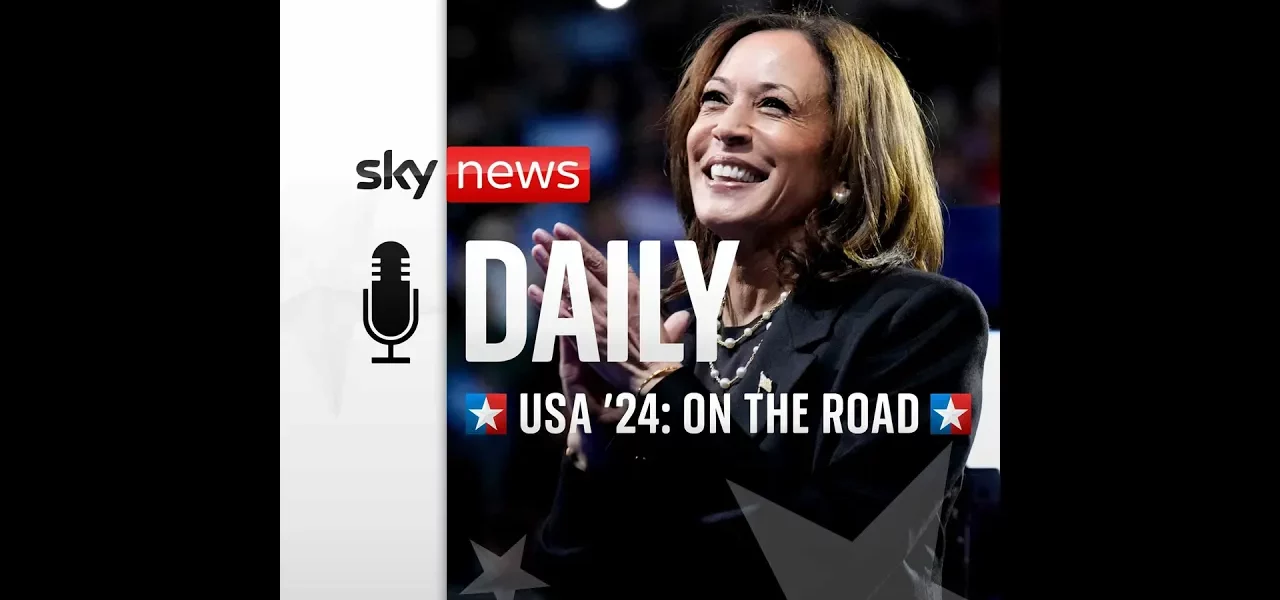USA 2024: The Road to the Presidential Election

Welcome to a detailed exploration of the upcoming 2024 presidential election in the United States. As we approach the critical day, we analyze the candidates, voter sentiments, and the pivotal issues shaping this race.
Introduction
As we count down to the presidential election in 2024, the political landscape in the United States is more charged than ever. With only 17 days left until polling day, candidates Kamala Harris and Donald Trump are neck and neck in a race that could redefine the future of American politics. This article aims to provide an in-depth analysis of the current political climate, the strategies employed by both candidates, and the critical demographics that could sway the election outcome.
The Candidates and Their Strategies
In the lead-up to the election, both Kamala Harris and Donald Trump have intensified their campaigns, each aiming to secure vital voter demographics that could tilt the election in their favor.
Kamala Harris: Targeting Core Voter Groups
Kamala Harris is actively working to solidify support among black men, a demographic that traditionally aligns with the Democratic base. Recent efforts include leveraging high-profile surrogates like former President Barack Obama, who emphasized the importance of this group during his recent appearances.
- Harris has addressed issues such as economic opportunity and education for black men.
- She released an “Opportunity Agenda” focusing on business loans and job training programs.
- Sustained engagement on platforms popular among black audiences, including The Shade Room and The Breakfast Club.
Donald Trump: Rhetoric and Appeal to Voters
On the other side, Donald Trump has ramped up his rhetoric, appealing to his base while attempting to attract undecided voters. His recent speeches have included inflammatory statements that resonate with his supporters but draw criticism from opponents.
- Calls for severe penalties against migrants involved in crimes.
- Emphasis on law and order as central to his campaign message.
- Targeting economic frustrations as a means to regain support from disenchanted voters.
The Importance of Swing States
Swing states like Michigan and North Carolina are crucial battlegrounds that both candidates are focusing on due to their significant electoral votes.
Michigan: A Demographic Melting Pot
Michigan is particularly interesting due to its diverse voter demographics, including large African-American and Arab-American populations, as well as a significant white working-class vote.
- The black vote is essential for Democrats, historically leaning heavily toward them.
- Trump’s outreach to working-class voters in Michigan has shown signs of success.
- Harris’s policies are aimed at energizing her base and addressing the community’s needs.
North Carolina: A State of Contrast
North Carolina presents a different set of challenges, with a growing suburban population that is increasingly competitive. Both candidates need to appeal to these voters to secure victory.
- Engagement in community events to connect with suburban voters.
- Addressing economic concerns that resonate with middle-class families.
- Harris’s strategy includes emphasizing her plans for job creation and economic revitalization.
Voter Sentiments and Concerns
The sentiments of voters are critical in understanding the dynamics of the election. Recent polling suggests a divided electorate, with many voters expressing concerns about the candidates’ capabilities and policies.
Economic Stability vs. Political Rhetoric
Voters are increasingly focused on economic issues, with many feeling that their financial security is at stake. This concern is evident in their responses to both candidates.
- Many voters identify Trump as a candidate who delivered better economic results during his presidency.
- Concerns about inflation and job security are paramount for many households.
- Harris’s focus on policy proposals aimed at economic relief may resonate with undecided voters.
Polarization and Voter Engagement
The political landscape is marked by significant polarization, which influences voter engagement levels. Many voters express frustration with the perceived extremes of both parties.
- Voter turnout is expected to be a decisive factor in the election outcome.
- Engaging with younger voters through social media and grassroots campaigning is essential.
- Both candidates must address the concerns of moderates to gain crucial votes.
Conclusion
As we approach the election, the dynamics between Kamala Harris and Donald Trump reveal a complex interplay of strategy, voter sentiment, and critical demographic considerations. With only a few weeks left, both candidates must intensify their efforts to connect with undecided voters and shore up their bases. The outcome of this election will not only determine the next president but could also reshape the political landscape for years to come. Join us in the coming weeks as we continue to analyze the unfolding events and their implications for America’s future.
For more insights, be sure to check out our related articles on voter demographics and election strategies.
“`




